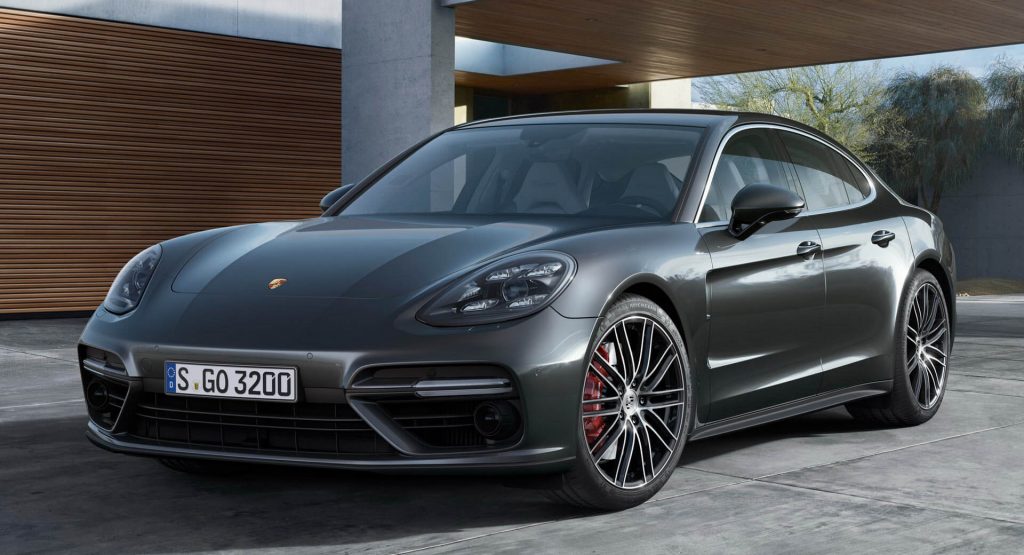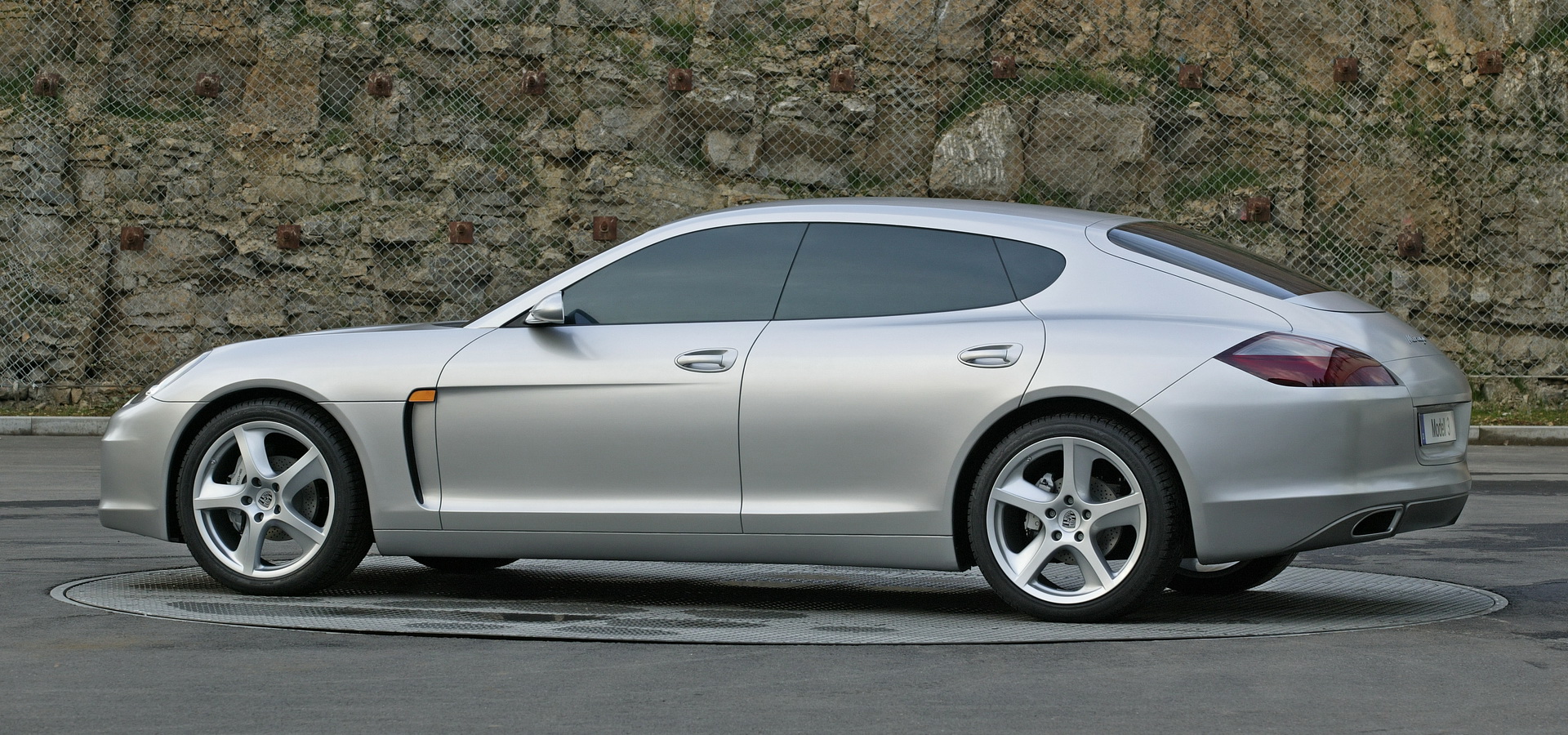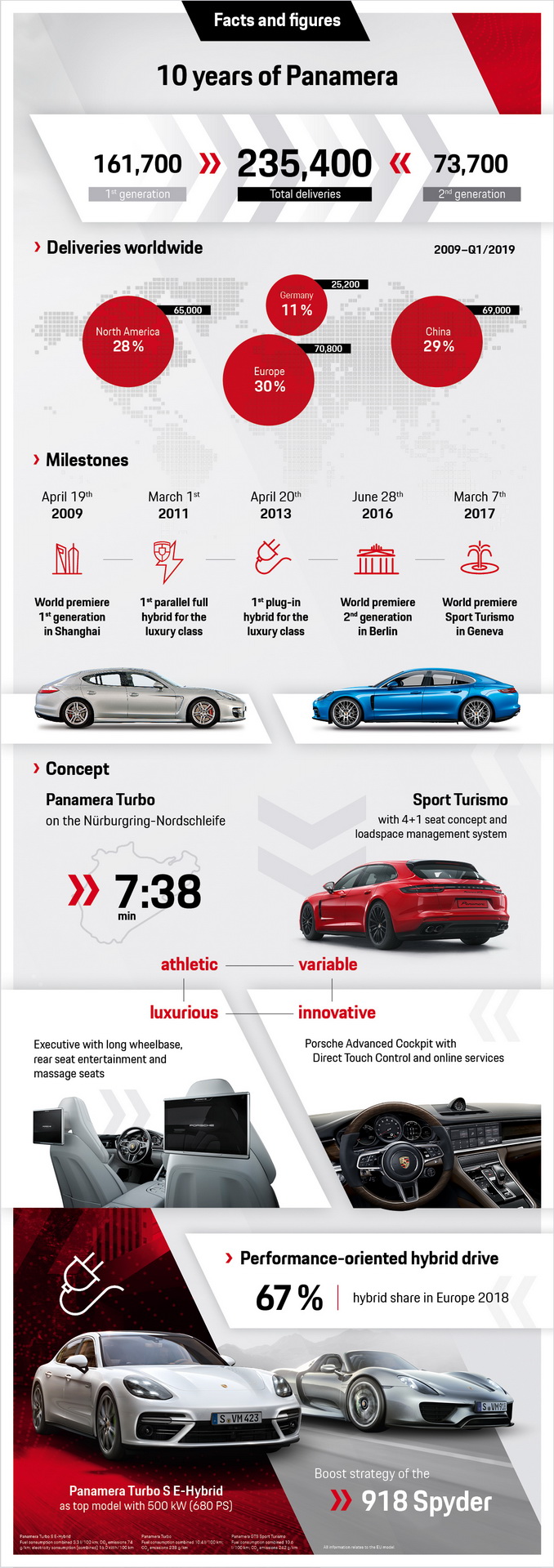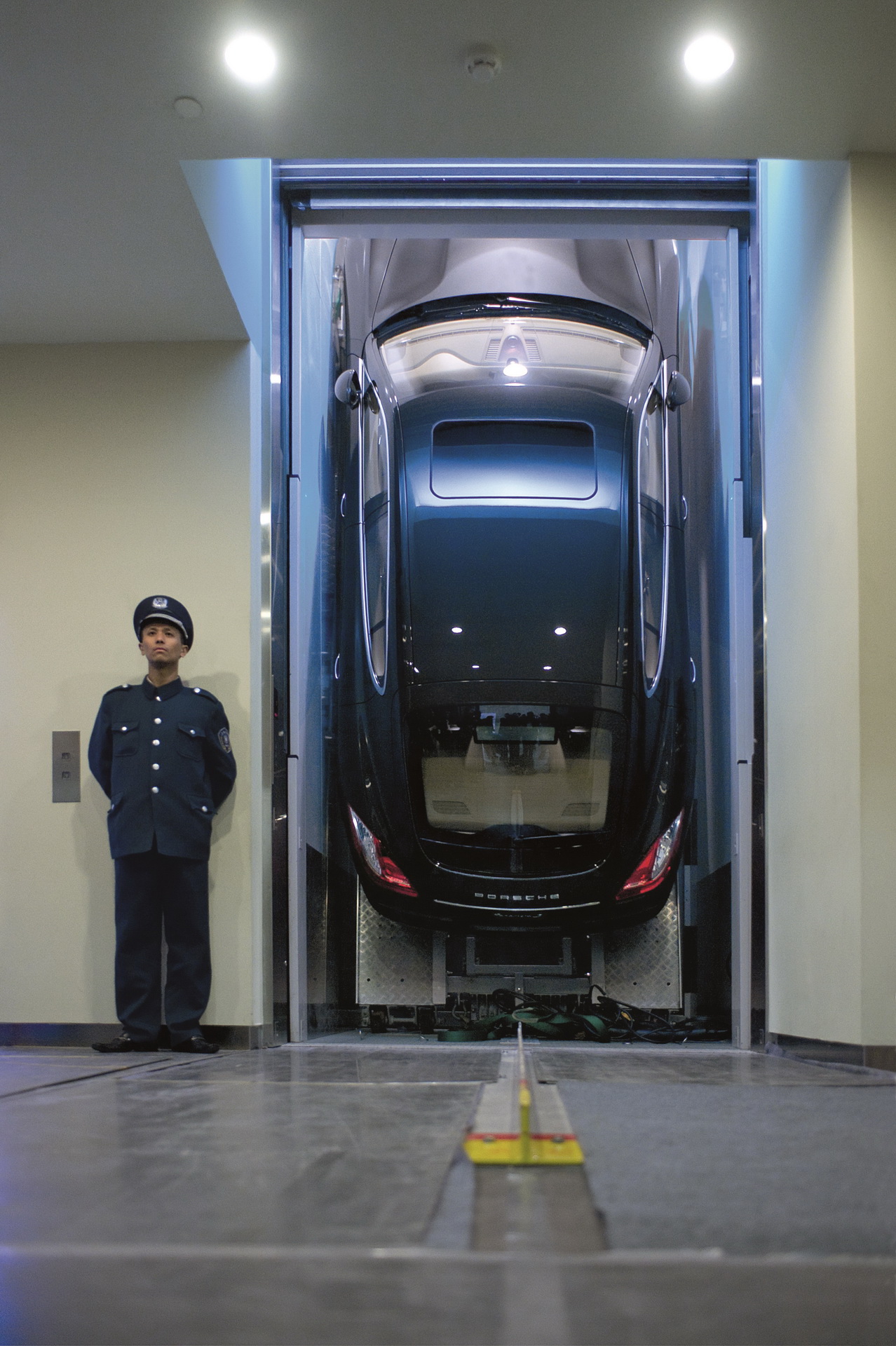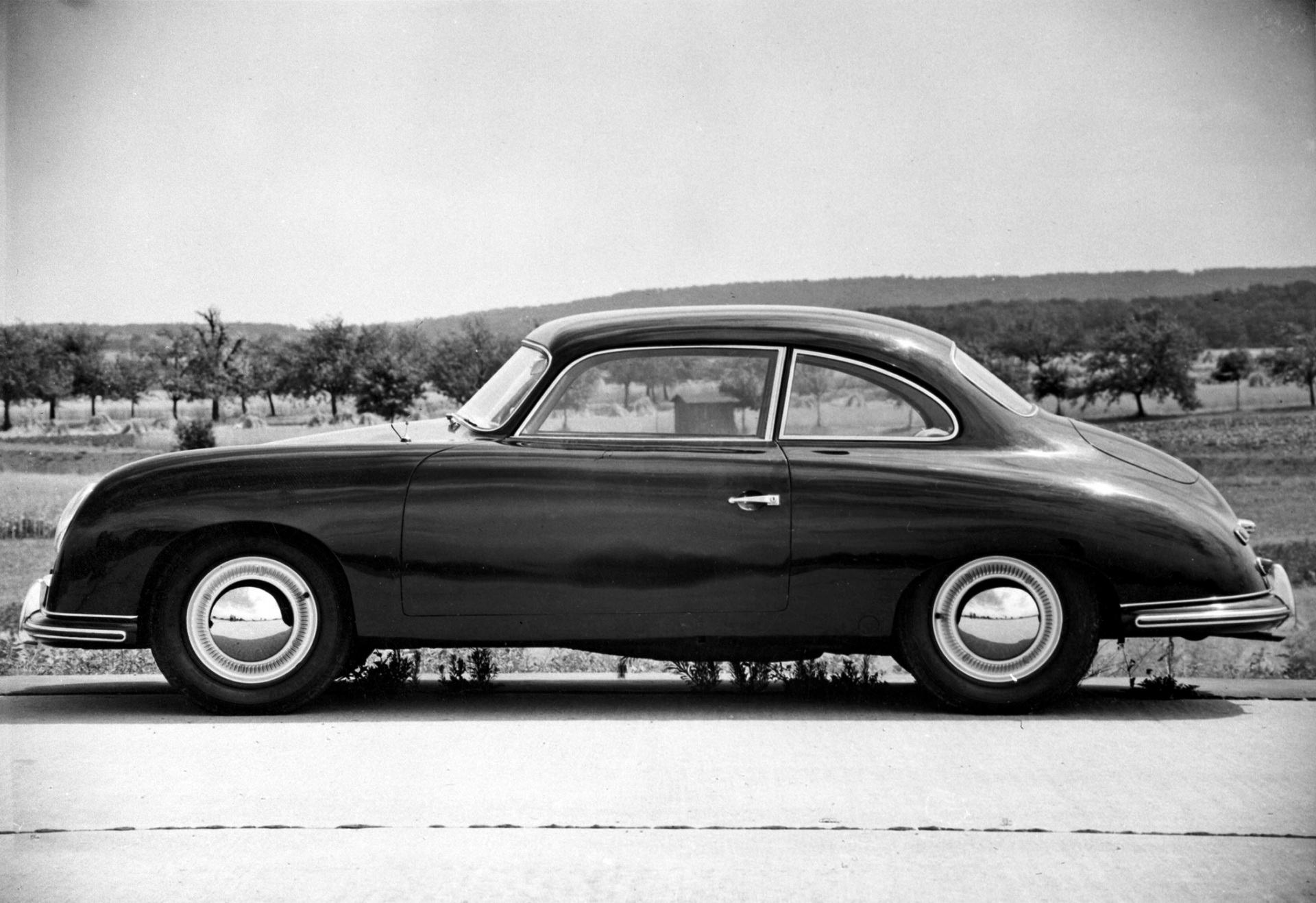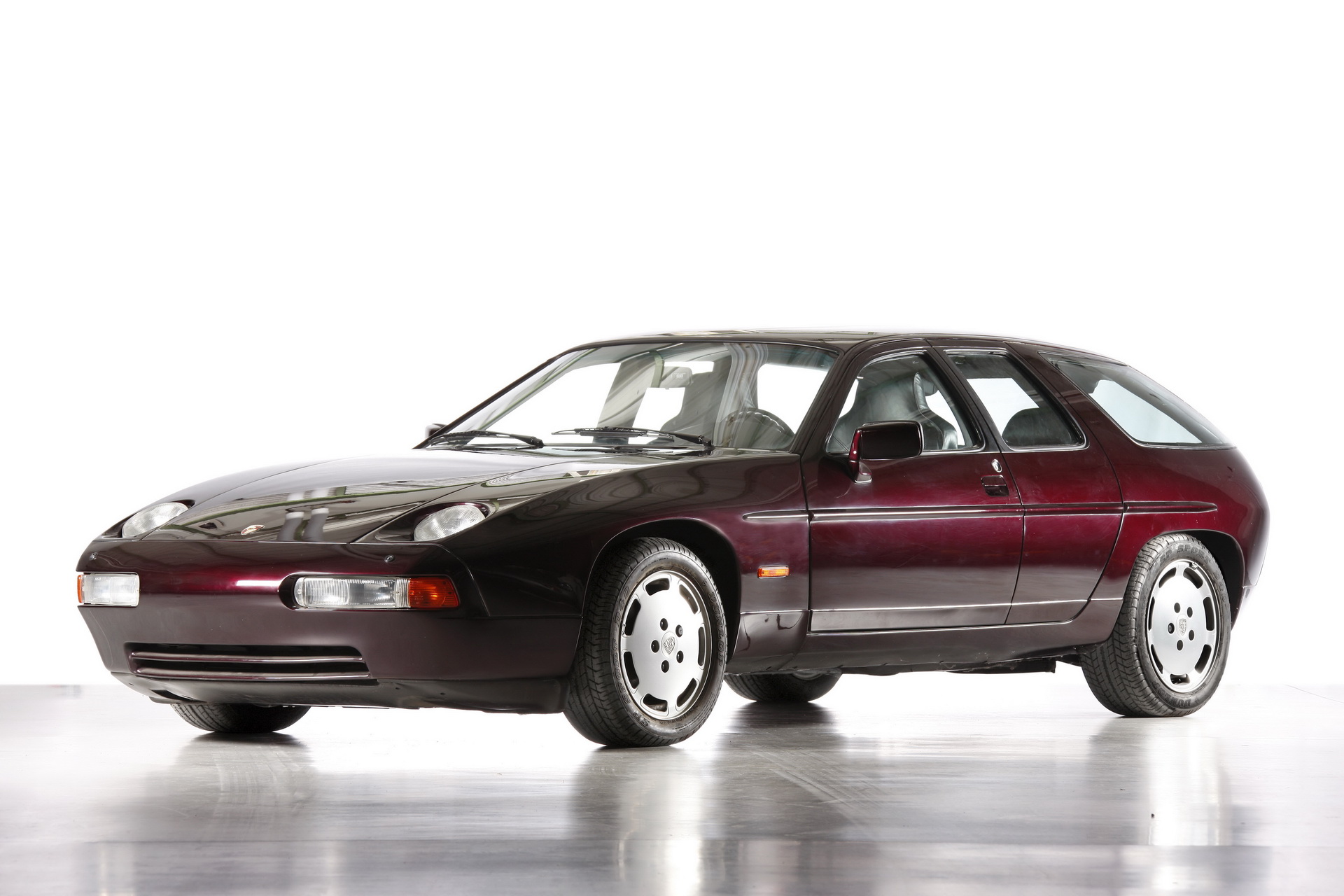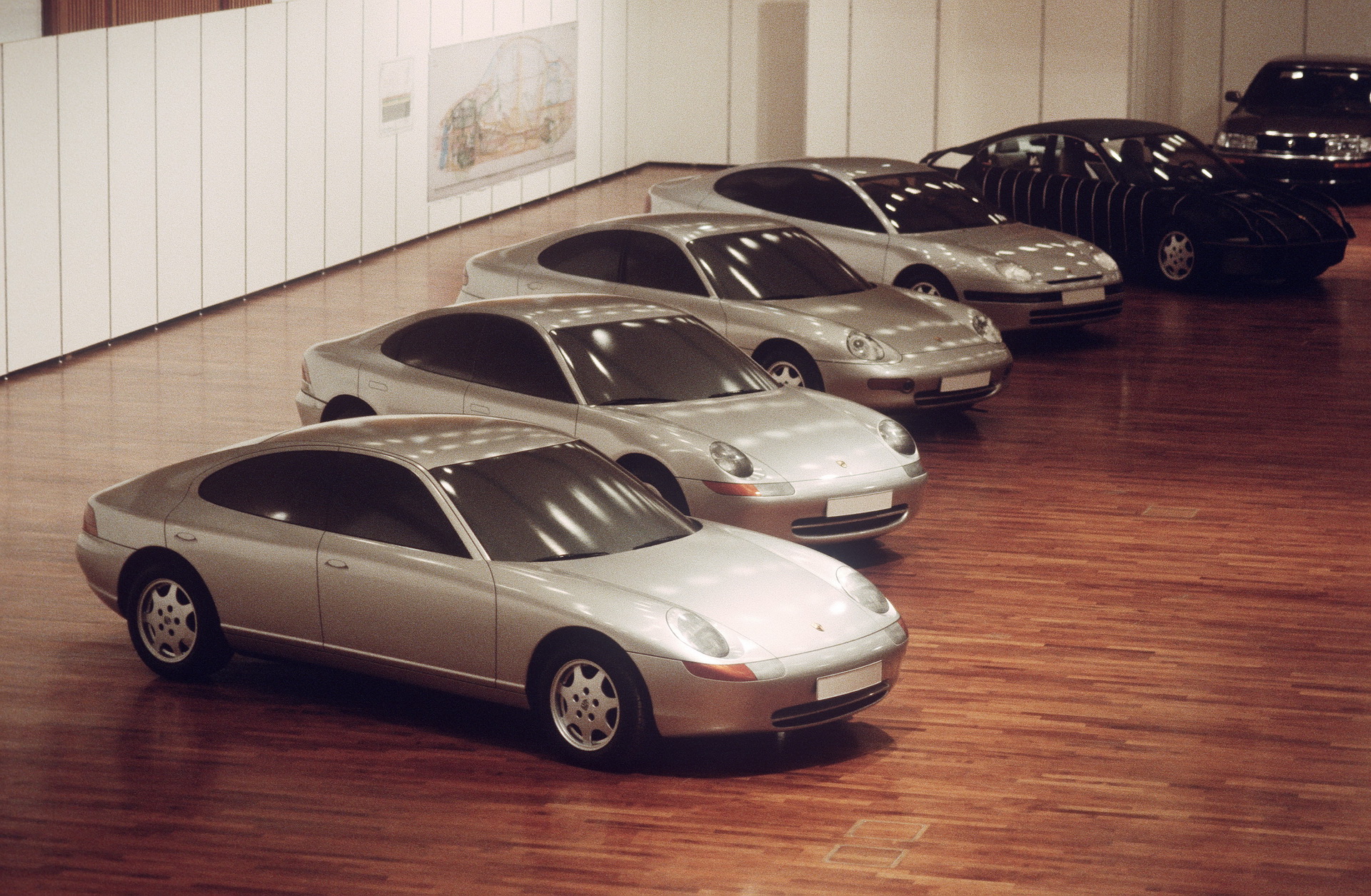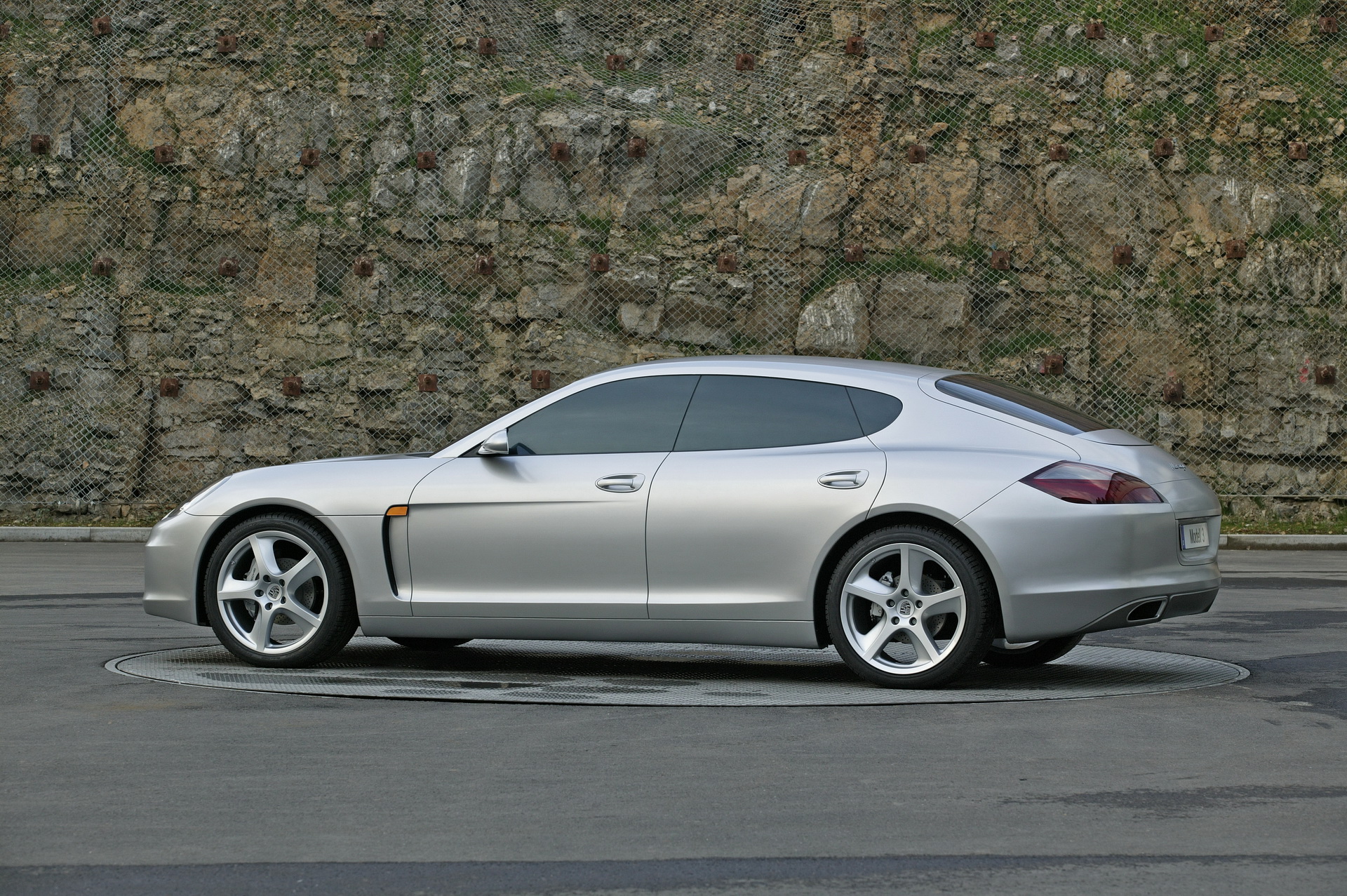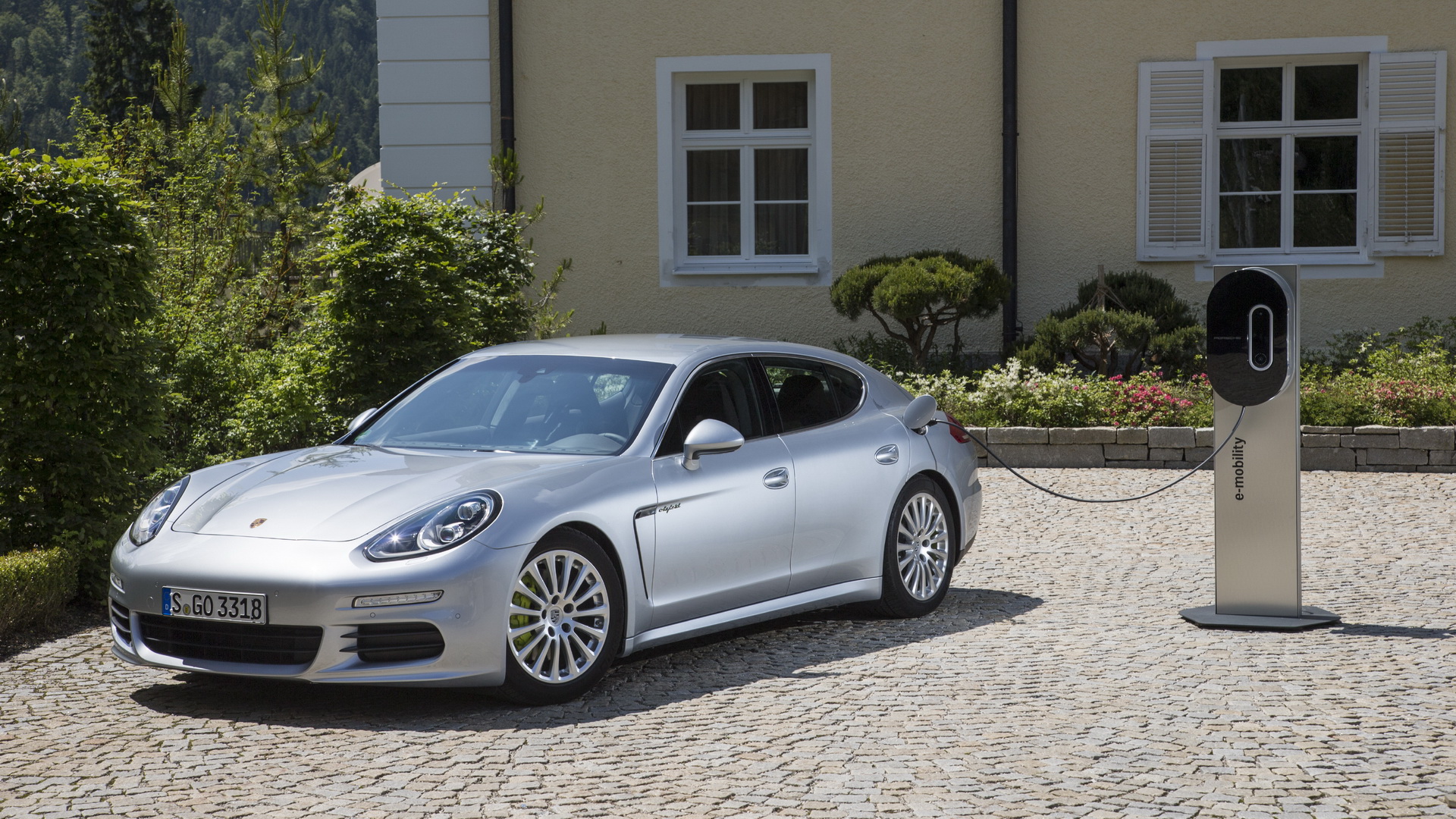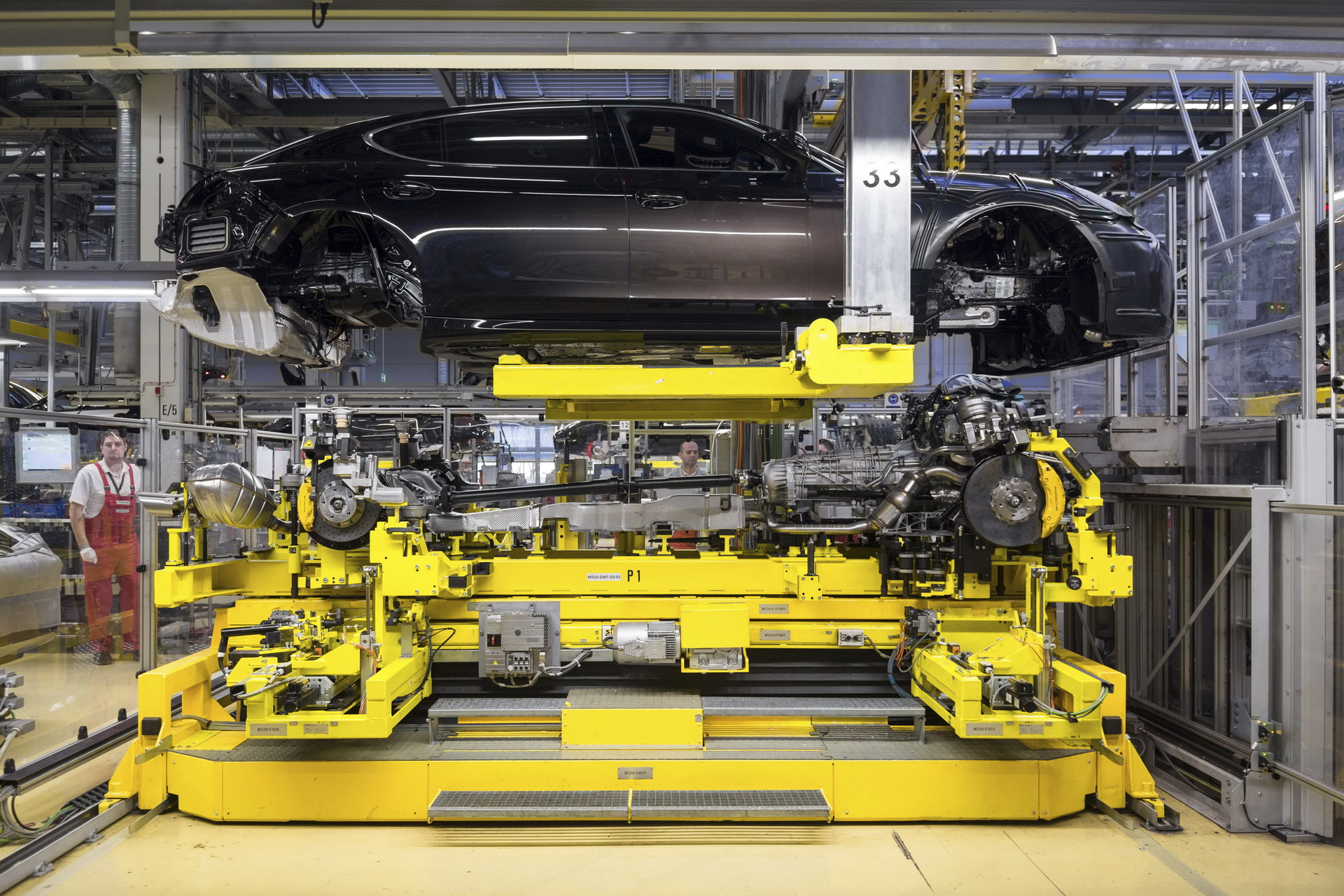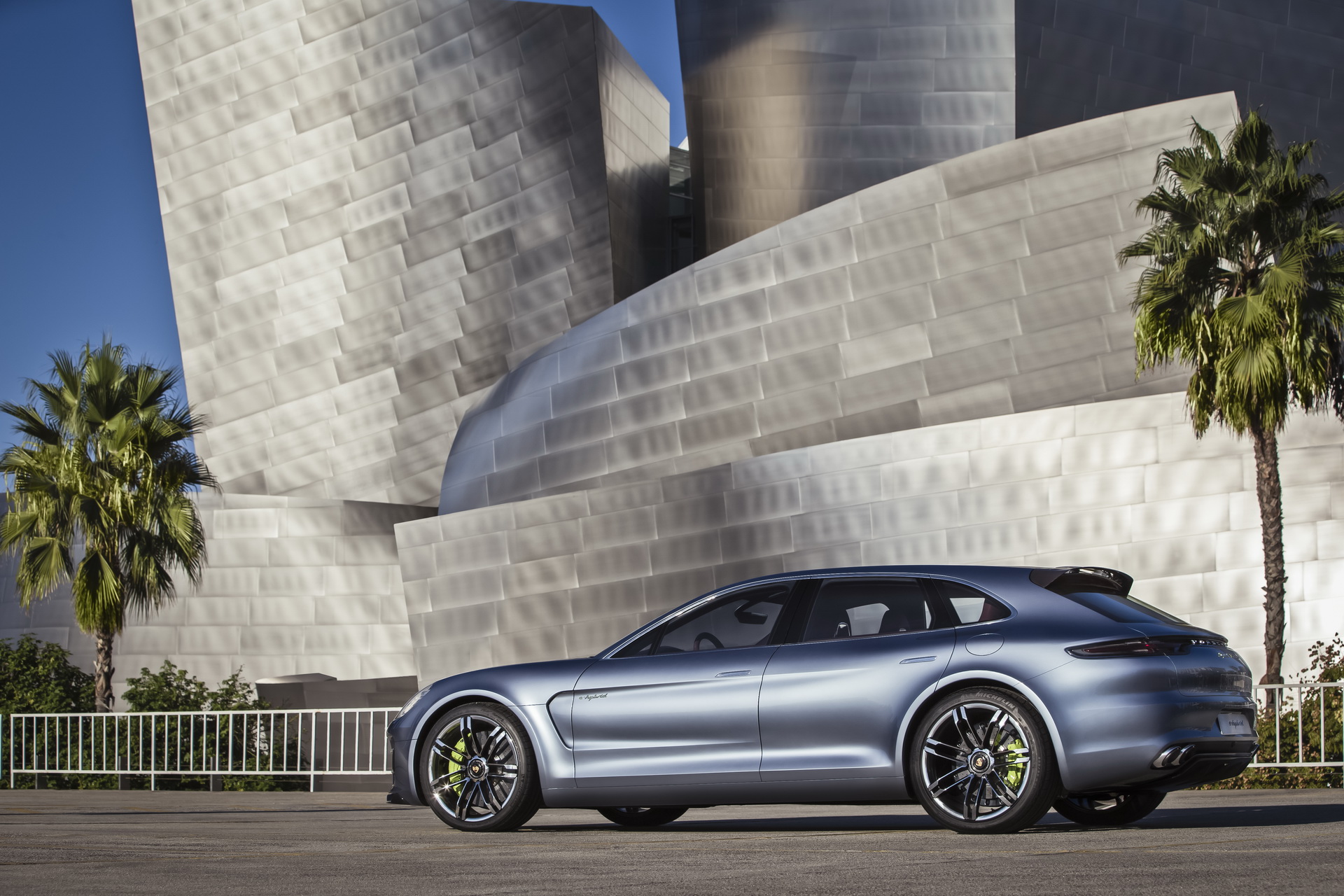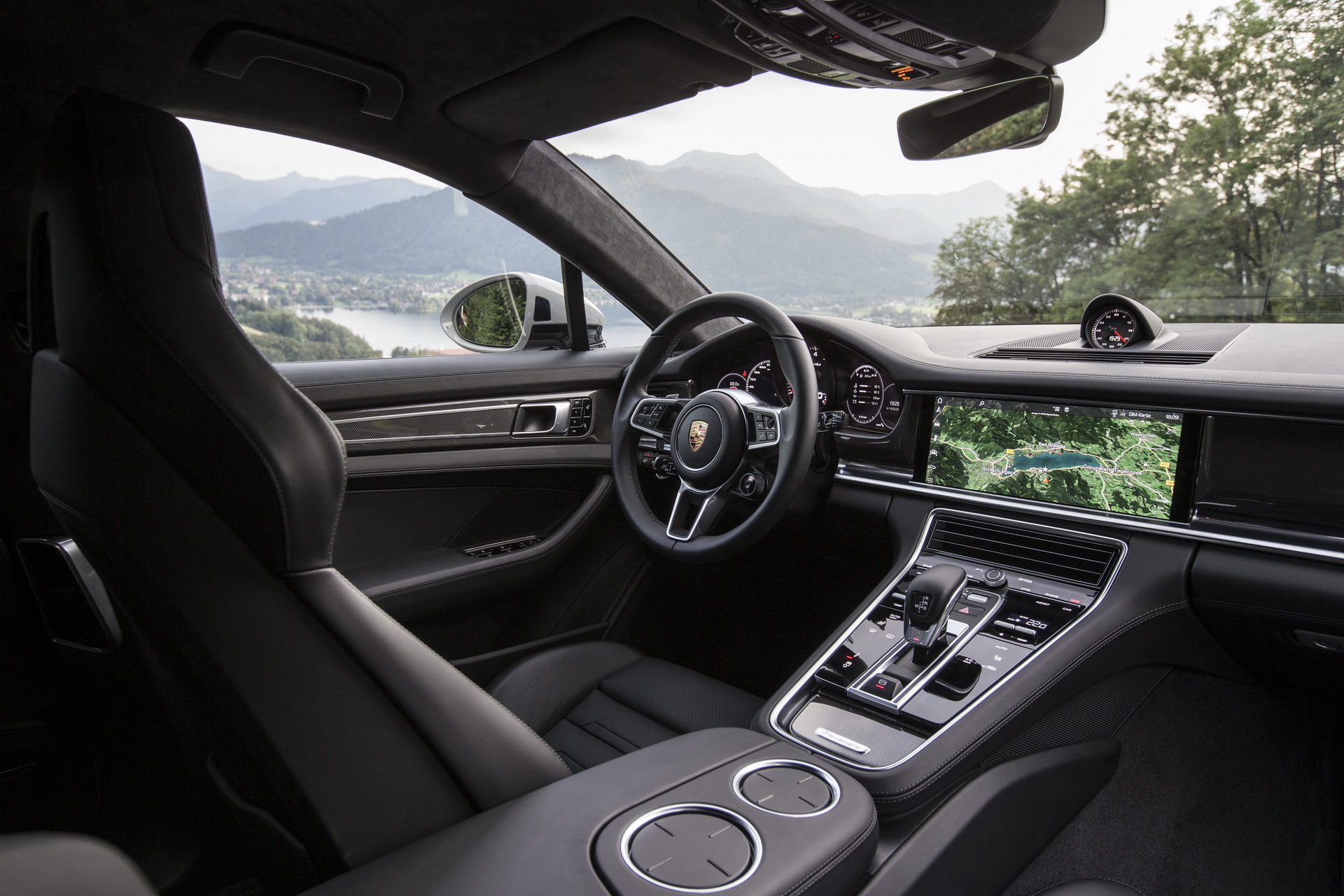When Porsche came out with the Panamera in April of 2009, there was no other car like it in the four-door luxury segment, for better or worse, some thought.
Yet, any doubts regarding its success would quickly be squashed as the German automaker easily surpassed its planned production of 20,000 units per year. In total, Porsche has sold more than 235,000 Panamera models across the globe.
“As a technology platform for innovations that were later transferred to other models, the Panamera has played a significant role in shaping the past ten years of the brand’s history,” said Porsche R&D board member, Michael Steiner. “With its high-performance hybrid variants, it is now above all a trailblazer for electromobility at Porsche.”
How did it all start?
Over the course of the automaker’s 70-year history, its engineers kept trying to figure out how to best put together either a genuine 4-seater or a 4-door model. In the 1950s, they developed a four-seater based on the 356, dubbed Type 530. It had a longer wheelbase, larger doors and a raised roof at the rear.
Then came a four-door prototype based on the 911, and in the 1980s we saw lengthened variants of the 928 as well as the Type 989 prototype, a genuine four-door coupe.
It was however the Mirage, Meteor and Phantom concepts that led to the development of the Panamera, named after the Mexican endurance race ‘Carrera Panamericana’.
“We wanted to build a four-seater sports car with a fast roofline, large tailgate and hatchback,” said Porsche VP of style, Michael Mauer.
World premiere: April 19, 2009
Porsche unveiled the first-generation Panamera on the 94th floor of the World Financial Center in Shanghai some 10 years ago, maneuvering the car upright into a freight lift using a custom-built carriage.
After its launch, Porsche expanded the model range with multiple petrol, diesel and hybrid versions, as well as rear-wheel and all-wheel drive variants. Some models were even available with a six-speed manual transmission, although most customers opted for the 7-speed dual clutch PDK gearbox.
Following the 2013 facelift, Porsche introduced an extended wheelbase variant for Chinese customers, and gave the entire range a bump in power output.
As for the current, second-generation model, it features both standard and extended wheelbases, a more practical Sport Turismo variant and sleeker aesthetics, not to mention a great deal more onboard tech and more powerful engines – ranging between 330 PS and 680 PS for the plug-in hybrid Turbo S model.



